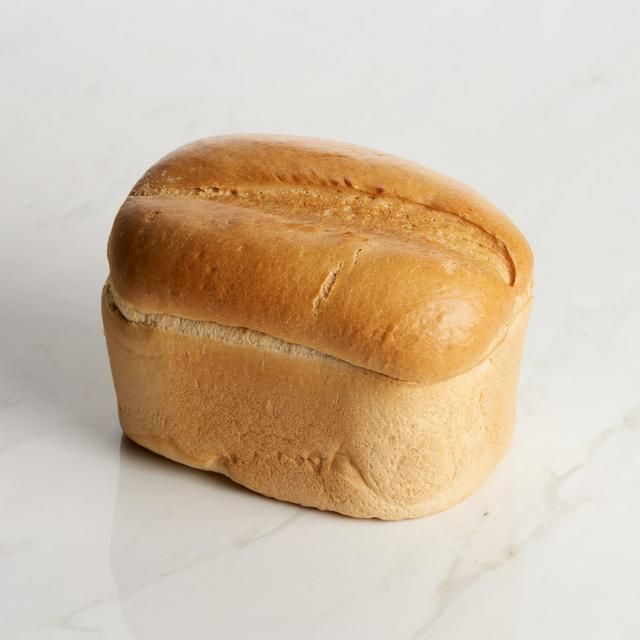BREAD has been a staple of our diet since ancient times. Today, bread is sometimes demonised as a carbohydrate source that makes people put on weight and is often the first thing thrown out by dieters.
But instead of avoiding bread, knowing what is in each slice and watching how much you eat each day is usually the healthier choice. And of course, it’s important to heed portion sizes, which lots of people don’t
One thing that all breads have in common is that they are a great source of carbohydrate, the body’s main energy fuel. But the carbohydrates in wholemeal bread are digested more slowly than those in the more refined white bread, and so keep you going for longer. This is to do with wholemeal bread having more fibre.
What about other types of bread? Well, granary bread is made with different types of flour like wheat, barley, rye, soya etc, whereas the standard loaf is wheat flour. Multi-grain is made with different types of flour too, most notably wheat, oat and rye flour. This doesn’t mean they are better in terms of nutrition. Wholemeal is the way forward for more fibre.
Multi-seed breads can be made with different types of flour or the traditional wheat but has added seeds which can boost Omega 3 and 6 in our bodies. These can reduce inflammation in our bodies from cuts and scrapes via Omega 3 as well as promoting it via Omega 6 (inflammation is a normal response to injury in terms of protection).
Always check that your breads don’t have too many oils or too much sugar and/or salt added to them. Factory-made loaves and bakery breads in particular may be high in these. As ever, you’re advised to keep all high fat, sugar and salt (HFSS) foods to a minimum.
Lee McCusker (BA; MSc; MSc; MSc; ANutr; SENr) is a registered nutritionist from Belfast and can be found on Facebook, Instagram and Twitter. Email: attentivenutrition
@gmail.com







